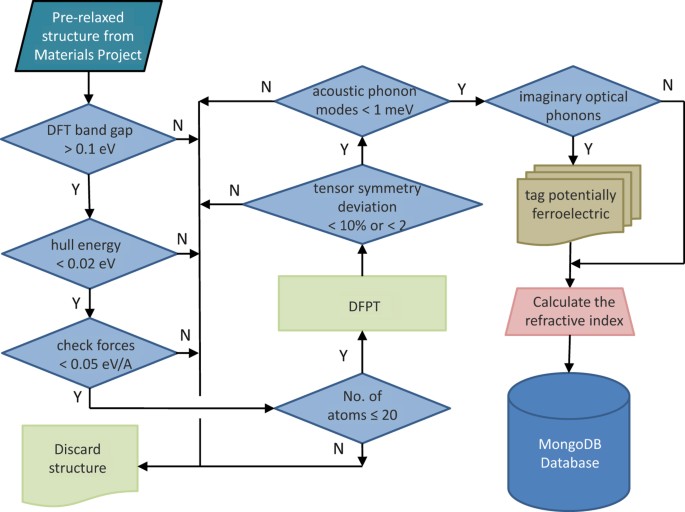
Department of Industrial Engineering and Management Sciences, Northwestern University, Evanston 60208, Illinois United States.Department of Materials Science and Engineering, Massachusetts Institute of Technology, Cambridge, Massachusetts 02139, United States.Department of Materials Science and Engineering, Northwestern University, Evanston, Illinois 60208, United States.The broad accessibility of our database, newly identified features, and user-friendly classifier models will aid in accelerating the discovery of MIT materials. Last, we implement an online and publicly accessible version of the classifiers, enabling quick probabilistic class predictions by uploading a crystallographic structure file. We then elaborate on other features (GII and Ewald energy) and examine how they affect the classification of binary vanadium and titanium oxides. We discuss the relationship of these atomic features to the physical interactions underlying MITs in the rare-earth nickelate family. These include the 2D feature space consisting of the average deviation of the covalent radius, the range of the Mendeleev number and Ewald energy. This classification allows us to identify new features separating MIT materials from non-MIT materials. We then performed supervised classification on this data set, constructing three electronic-state classifiers: metal vs more » nonmetal (M), insulator vs noninsulator (I), and MIT vs non-MIT (T). We featurized this data set using a wide variety of compositional, structural, and energetic descriptors, including two MIT relevant energy scales, the estimated Hubbard interaction and the charge transfer energy, as well as the structurebond- stress metric referred to as the global-instability index (GII). Here, using a combination of domain knowledge and natural language processing (NLP) searches, we have built a material database comprising thermally driven MITs as well as metals and insulators with similar chemical composition and stoichiometries to the MIT compounds.

Most research that addresses thermal MITs is limited by the domain knowledge of the scientists to a subset of MIT materials and is often focused on a limited subset of possible features. The number of thermally driven MIT materials, however, is scarce, which makes delineating these compounds from those that are exclusively insulating or metallic challenging. An important subset of MIT materials are those with a transition driven by temperature.

Metal–insulator transition (MIT) compounds are materials that may exhibit metallic or insulating behavior, depending on the physical conditions, and are of immense fundamental interest owing to their potential applications in emerging microelectronics.


 0 kommentar(er)
0 kommentar(er)
